Re: Apologies to the many wonderful Iranians (2012)
Standing behind the windows; Unable to reach or to pass through. The past and present meeting in one spot; Places and objects slowly fragmenting, deforming, fading in and out, coming together, splitting apart; Witnessing things falling through…The blurry memories of my childhood from war, fusing into the same feelings of numbness and helplessness where I stand today…
Re: Apologies to the Many Wonderful Iranians is an installation that explores and combines personal memories of the Iran-Iraq war (1980-1988) with the constant awareness of life filled with drumbeats of war against Iran and the intensified sanctions targeting the lives of the Iranian people. It is a response to the recent unethical and proud reports and discussions that praise sanctions and wars on Iran to stop the Iranian government’s nuclear activities; Rejecting and ignoring the results of sanctions on the lives of the ordinary people and their suffering; Forgetting the mentally and emotionally exhausted citizens, floating between political wars. Legitimatizing mass slaughter that sanctions accompany. Keeping the invisible war invisible without filling-in the gaps.
*In Summer of 2012, Nicholas Kristof of the New York Times went to Iran and within his return to the U.S. in one of his reports named Pinched and Griping in Iran (June 2012) wrote:
“…with apologies to the many wonderful Iranians who showered me with hospitality, I favor sanctions because I don’t see any other way to pressure the regime on the nuclear issue or ease its grip on power. My takeaway is that sanctions are working pretty well.”
Photos by Derek Rankins.













